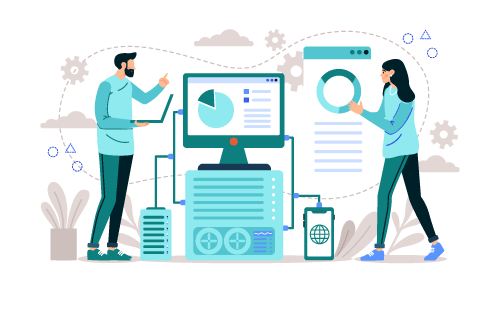
Data Preprocessing
Sculpting data for smarter insights and smoother operations.
Data Cleaning and Transformation
The first stage of data preprocessing is data cleaning. It entails locating and fixing mistakes, discrepancies, and outliers in the raw data. These mistakes could be erroneous data, duplicate entries, or missing values. Data cleaning makes sure it is accurate and trustworthy for future investigation. After cleaning, data transformation may take place, which entails modifying the data's structure or format to make it appropriate for particular analytical procedures.


Data Standardization
Data standardization is the process of converting data into a uniform and consistent format. This is crucial because data often come from different sources and may have different units, scales, or representations. Standardization ensures that all data points are in a common format, making it easier for computers to process and analyze. For example, if you are working with international sales data, standardizing the currencies to a single currency can simplify calculations and comparisons.
Noise Reduction
Noise in data refers to irrelevant or random variation that can obscure meaningful patterns or trends. Noise can come from a variety of sources, such as sensor inaccuracies or human error in data collection. Noise reduction involves techniques to filter out or minimize these irrelevant changes without compromising the underlying signal in the data. It is critical to maintaining data accuracy and efficiency as it helps prevent incorrect conclusions or predictions based on noisy data.


Data Uniformity
Data is frequently gathered by organizations from a variety of sources, including various departments, systems, and outside partners. The process of combining these various data sets to produce a single data set is known as data integrity. To maintain consistency and compatibility, it comprises aligning data formats, units, and structures. This single data collection offers a thorough perspective of an organization's data, which makes analysis, reporting, and decision-making simpler.

